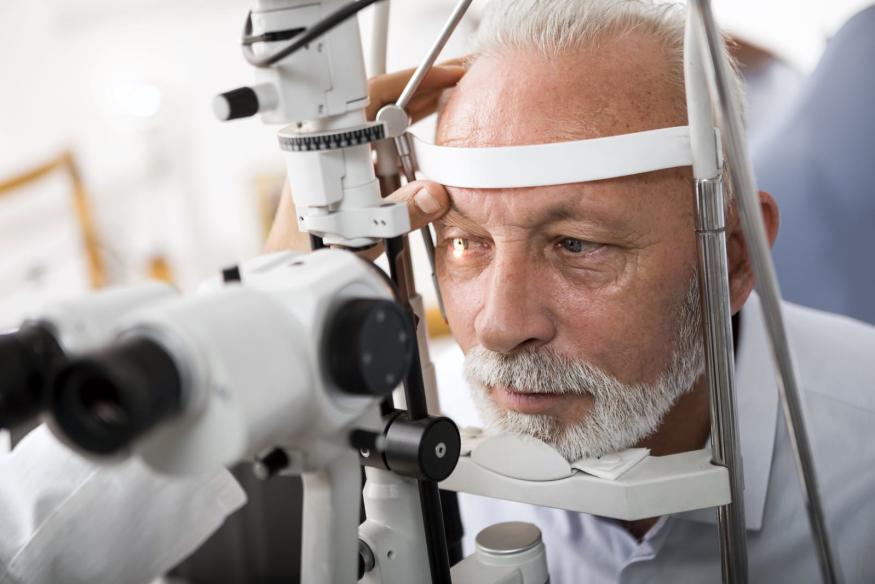Every year, January is declared as Glaucoma Awareness Month. This month serves as a reminder to be mindful of the importance of regular eye exams and early detection when it comes to glaucoma. But what is glaucoma and why is it so important to detect early? Let’s break down the basics of glaucoma and how you can protect your vision against this potentially blinding condition.
What is Glaucoma?
Glaucoma is an eye disease that slowly damages the optic nerve, which carries visual information from the eye to the brain. It usually occurs when pressure builds up inside the eyes due to fluid buildup, leading to permanent vision loss if not detected and treated early. Without treatment, glaucoma can cause blindness within a few years after diagnosis. The goal of Glaucoma Awareness Month is to educate people about this condition, its risk factors, symptoms, and treatments for early detection and prevention.
Risk Factors for Glaucoma
Anyone can get glaucoma but there are certain risk factors that increase your chances of being affected by it: family history or heritage, ocular hypertension or refractive errors, previous eye injury or long-term use of steroids, thinning corneas and optic nerve damage due to other conditions such as diabetes or migraines, and high blood pressure. If any of these conditions are true for you, then it’s important to consult with an ophthalmologist right away for regular checkups in order to monitor any changes in your eyesight over time.
Symptoms of Glaucoma
It’s important to recognize the common signs associated with glaucoma because they can often be overlooked without proper screening by an ophthalmologist. Common signs are headaches, blurred vision, halos around lights, poor night vision, tunnel vision and loss of peripheral vision. If any of these symptoms persist or worsen over time then make sure you see a doctor right away in order to begin treatment immediately before any further damage occurs.
It’s important to recognize the common signs associated with glaucoma because they can often be overlooked without proper screening by an ophthalmologist. Common signs are headaches, blurred vision, halos around lights, poor night vision, tunnel vision and loss of peripheral vision. If any of these symptoms persist or worsen over time then make sure you see a doctor right away in order to begin treatment immediately before any further damage occurs.
Treatments for Glaucoma
The two main treatments for glaucoma include eye drops, which help lower IOP levels, and laser surgeries, which improve drainage angle & flow respectively. Surgery can also be used in more severe cases when damage has progressed too far for medication alone; however this should only be done as a last resort since surgery carries with it some risks that need careful consideration before undertaking any procedure.
The two main treatments for glaucoma include eye drops, which help lower IOP levels, and laser surgeries, which improve drainage angle & flow respectively. Surgery can also be used in more severe cases when damage has progressed too far for medication alone; however this should only be done as a last resort since surgery carries with it some risks that need careful consideration before undertaking any procedure.
Conclusion: The importance of seeking regular eye exams cannot be understated, especially later in life where even minor changes in vision can indicate something more serious such as glaucoma. By undergoing regular checkups you can ensure that any issues are caught early on while taking steps towards preventing permanent damage from occurring in the future! With this knowledge now at hand, we hope that everyone takes advantage during this month (and all year round) by scheduling annual screenings as part of their ongoing health plan – your eyes will thank you later!


